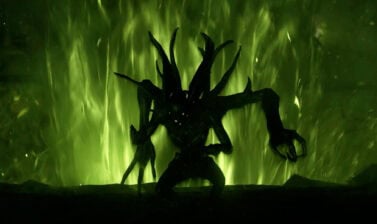This guide covers the major changes to Path of Exile 2 from its predecessor. We’ll cover the New Additions, Changed Mechanics, and other details worth discussing.
All information here was sourced from various Interviews that GGG has done within the Path of Exile Community as well as official teasers and information releases.
New Additions
We’ll start with the brand-new additions to Path of Exile 2. There are quite a few to get through, so let’s get into it.
New Class: Mercenary
The Mercenary class leans heavily into ranged weapons, specifically Crossbows. Crossbows and their related skill use an ammo system, making management of this resource very important.
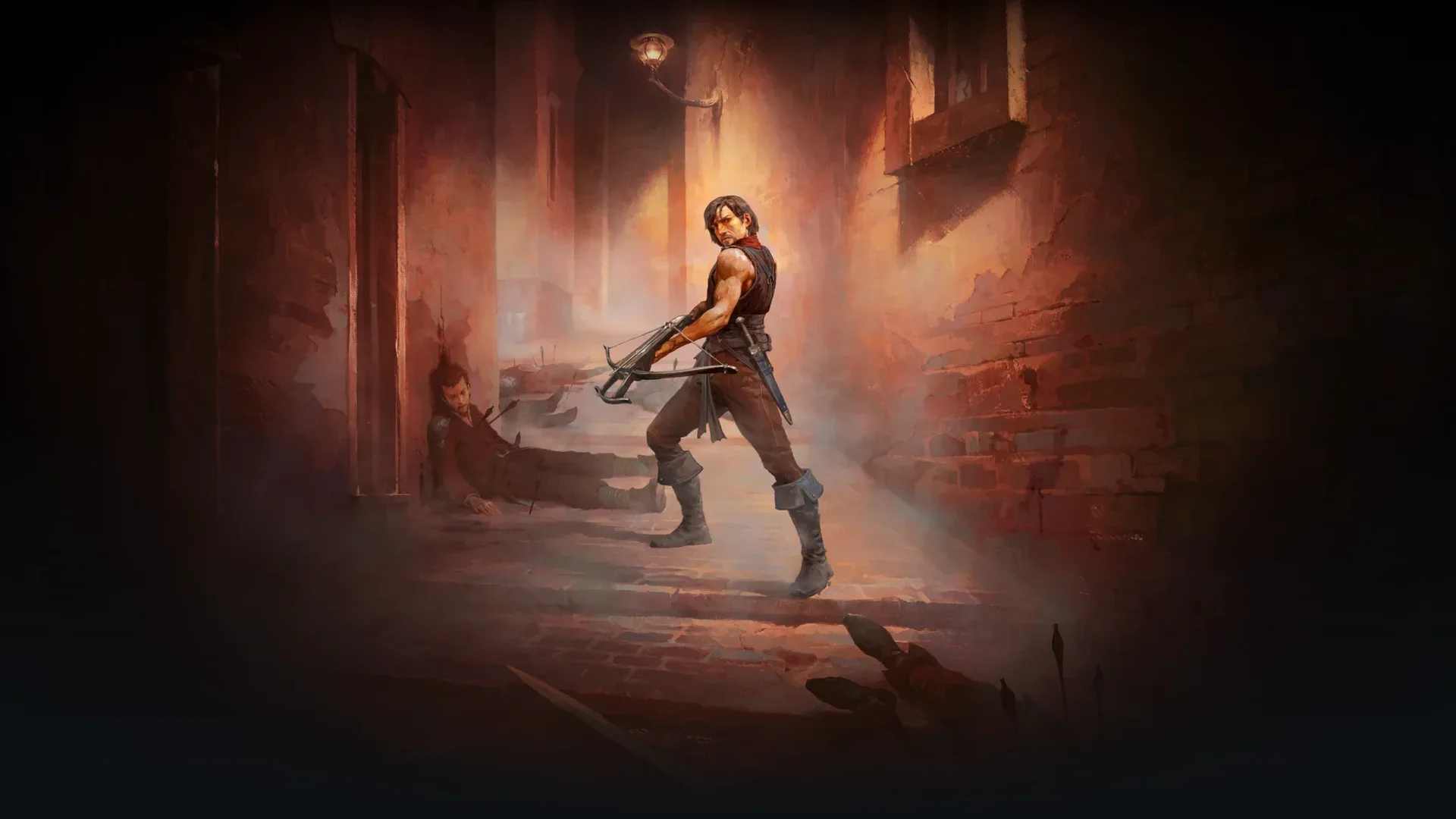
Compared to the Ranger from Path of Exile 1, the Mercenary is less agile, favoring slow but powerful hits to clear enemies. They also make use of Grenade Skills which deal devastating AoE Damage.
The Mercenary will have two Ascendanies:
- Gemling Legionnaire
- Witchhunter
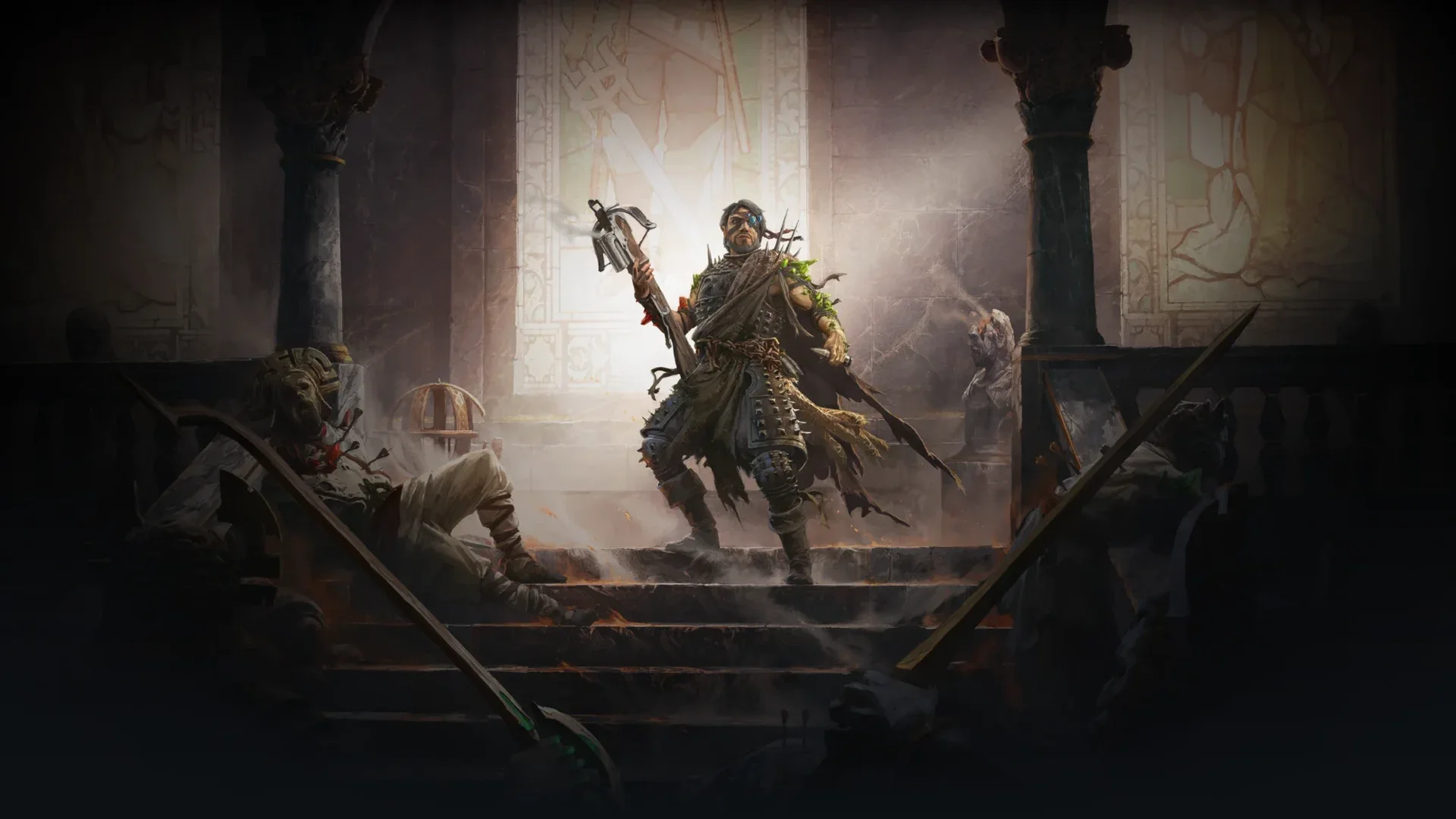
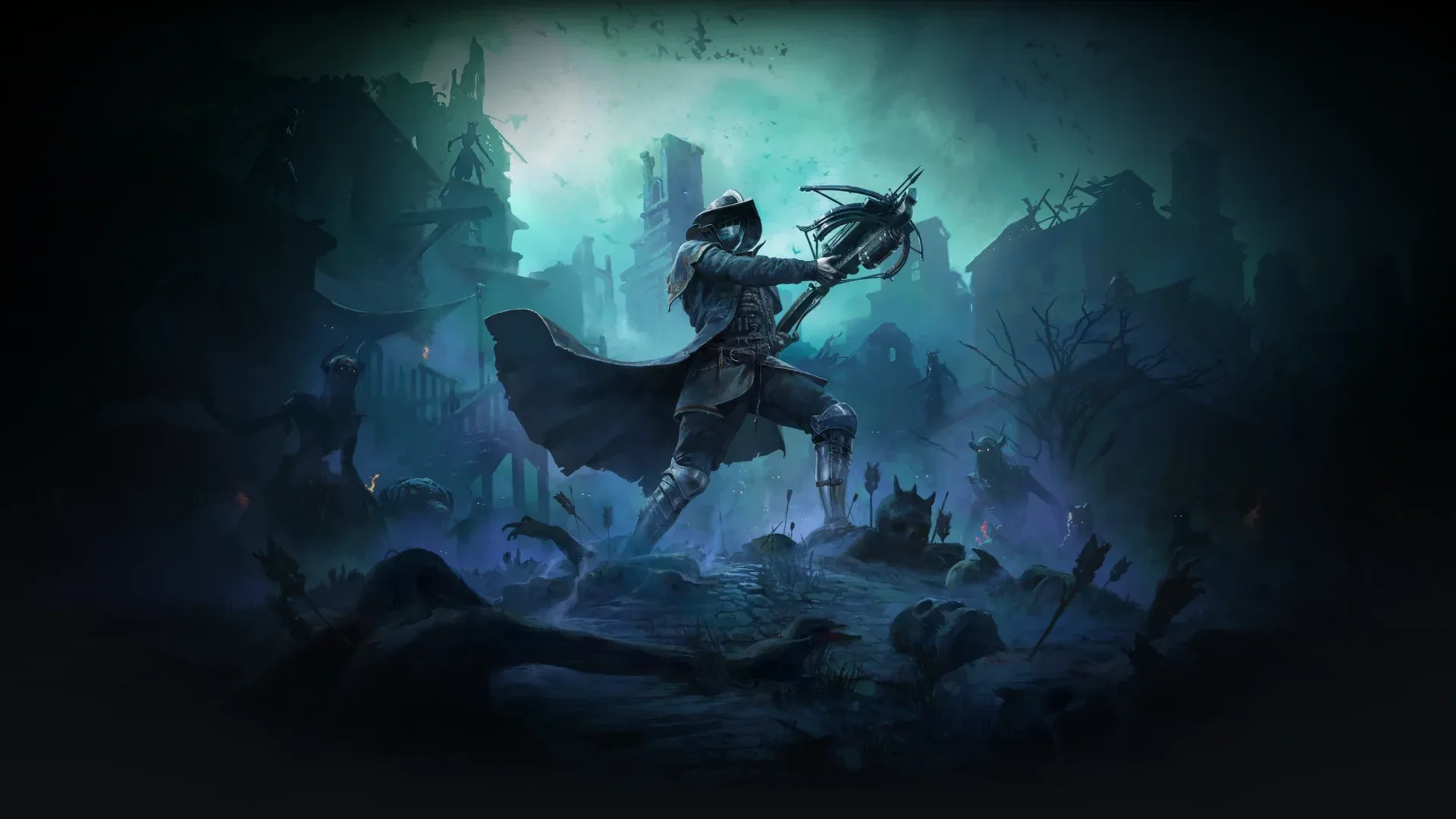
The Gemling Legionnaire heavily focuses on manipulating Skill and Support Gems; increasing their Level, Quality, and accessibility. While they don’t gain much in immediate power, they make up for it with much high endgame potential.
The Witchhunter goes all-in on delivering high-damage hits, including effects like Decimating Strike to deal a huge portion of initial damage and Culling Strike to finish off weakened enemies.
New Class: Monk
The Monk is a class that strikes their foes with Elementally-charged Weapon skills. They deal a mix of quick and heavy blows to dispatch their foes while combining skill to devastating effect.

The closest comparison to them from Path of Exile 1 is the Templar, offering a similar mix of melee and spells, but more focus on melee.
The Monk also has two Ascendancies to start:
- Invoker
- Acolyte of Chayula.
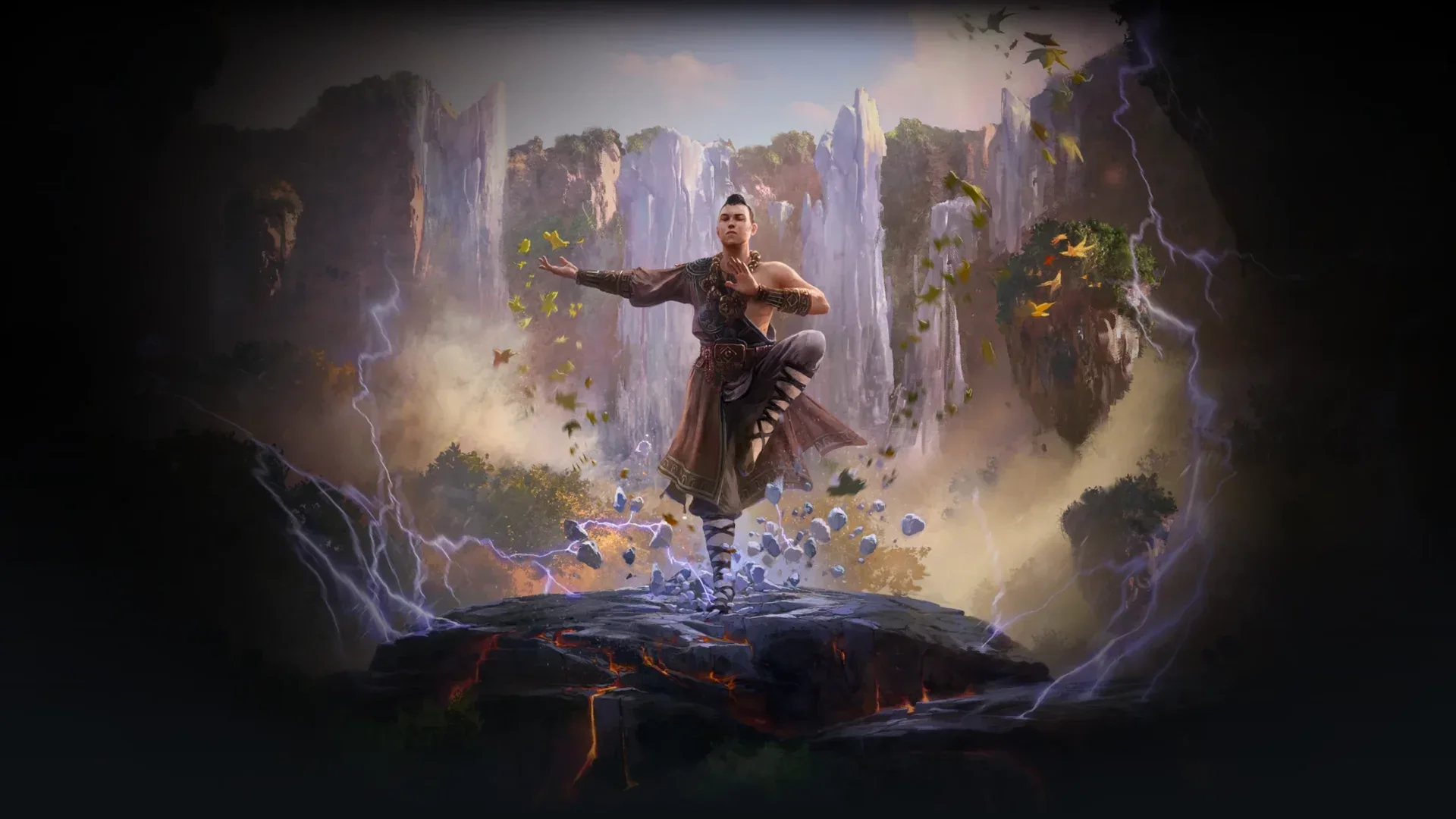
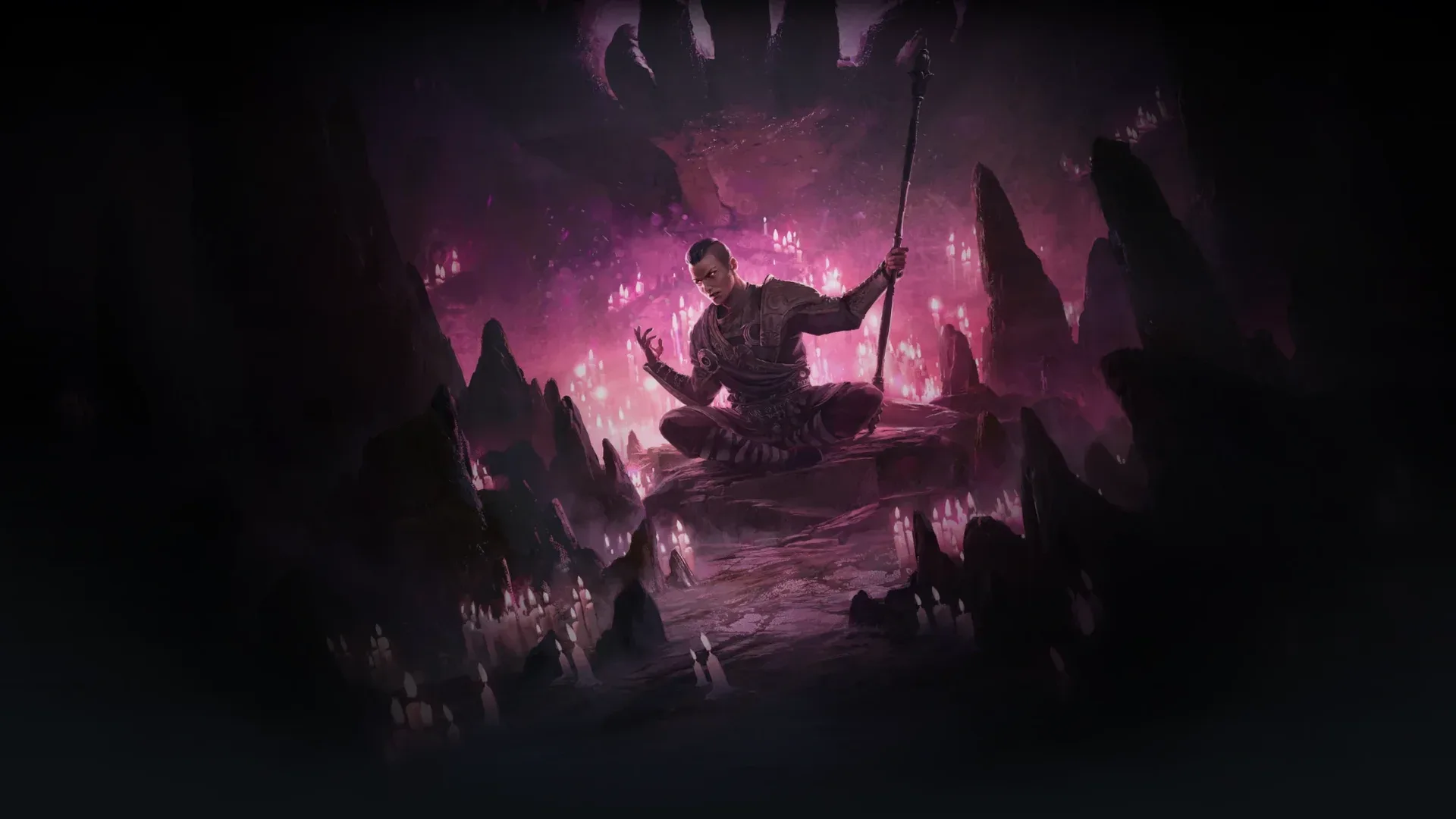
The Invoker leans heavily into Elemental Damage, specifically Cold and Lightning. They also gain powerful Buff Skills that amplify their Elemental Damage, allow Trigger Gems to build Energy faster, and even some great defensive boosts.
The Acolyte of Chayula leans into Chaos Damage and a unique resource called Darkness. Darkness replaces Spirit, which effectively removes the ability to use Persistent Buff Skill and Trigger Gems. This also comes with the potential for high Chaos Damage as well as an additional buffer to our Life and Energy Shield.
New Class: The Sorceress
The Sorceress is a caster-focused class that deals with Elemental Damage primarily. They’re able to unleash a flurry of spells to deal with threats quickly and easily.

The Sorceress is similar to the Witch’s Elementalist Ascendancy from Path of Exile 1. Both specialized in the use of Elemental Damage.
The Sorceress has two Ascendancies to start:
- Stormweaver
- Chronomancer.
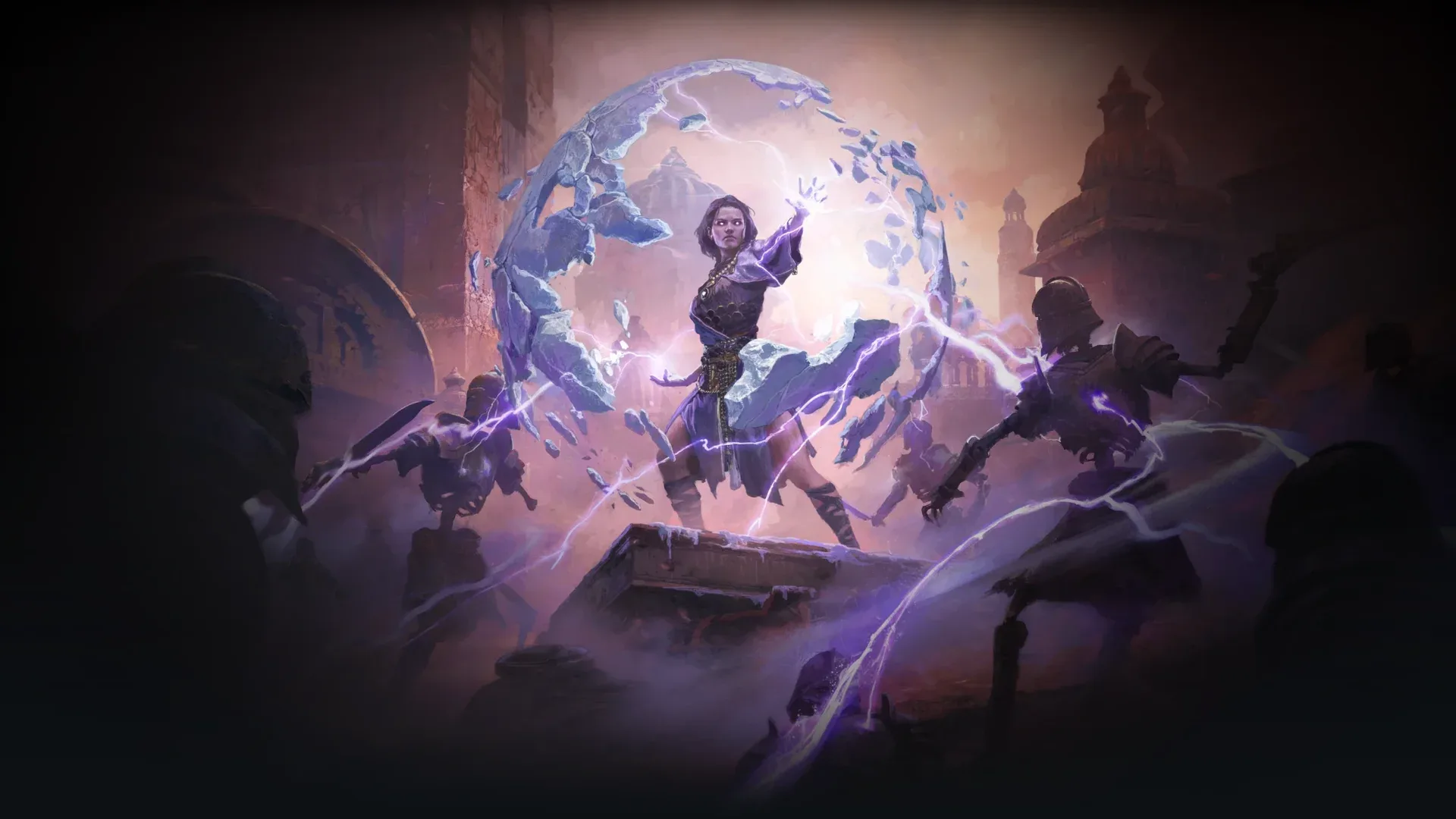
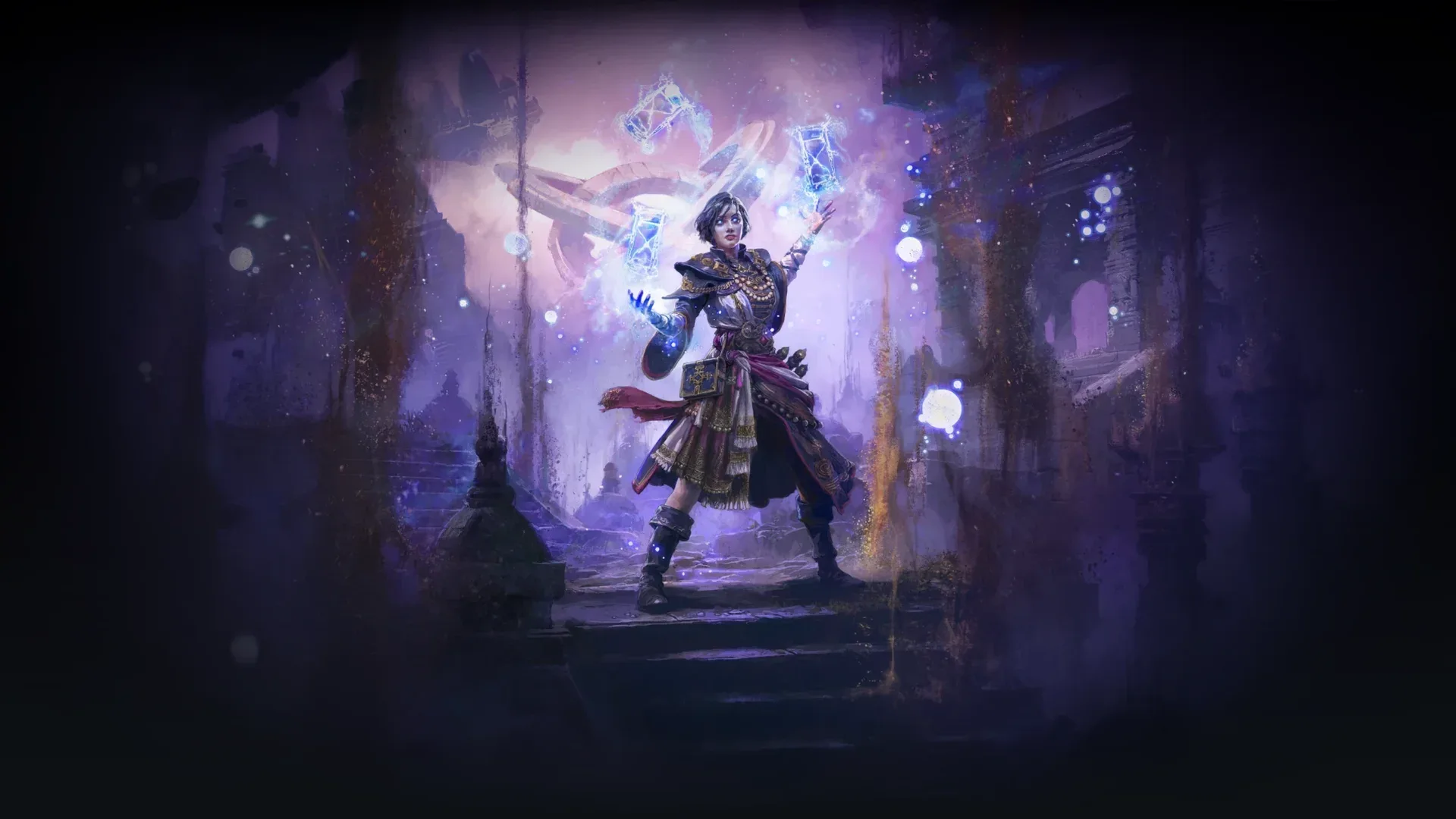
The Stormweaver is all about Elemental Damage, potentially gaining access to the Elemental Storm Skill, or even further reducing Enemy Resistances through Exposure. They can also get permanent Arcane Surge, a Buff that makes them excellent for Archmage builds.
The Chronomancer is all about manipulating time, gaining access to multiple powerful time-base spells and mechanics like Recoup. Their unique spells are as follows:
- Time Snap – Resets cooldowns.
- Time Freeze – Temporarily prevents enemies from moving or attacking.
- Temporal Rift – Passively creates afterimages. On cast, teleports to the oldest afterimage and sets your Life, Energy Shield, and Mana to the values they were at that point in time.
New Resource: Spirit
Spirit is a resource used exclusively for reserving Persistent Buff Skills and Trigger Gems, replacing typical Life or Mana Reservation of Path of Exile 1. All Characters will initially start with no Spirit, only gaining Spirit as they progress through the campaign.
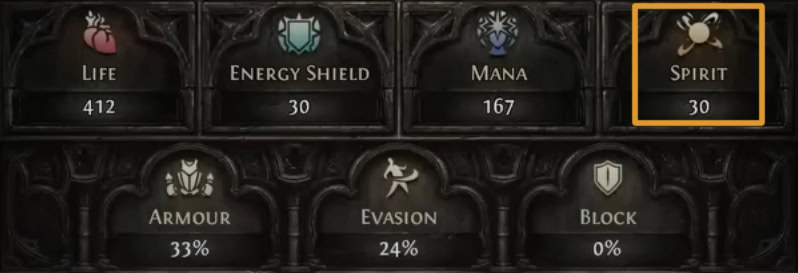
Each Act of the Campaign has 30 Spirit to be gained by defeating bosses, for a total of 180 by the completion of the campaign. Some weapon types can roll modifiers are bonuses to this stat as well, allowing for even more reservation.
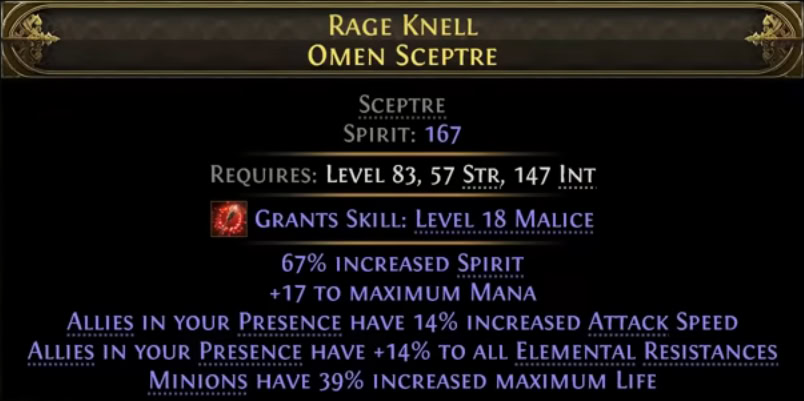
Additionally, Skills that provide permanent Minions can also adjust how many are summoned, modifying the total Spirit reserved by those skills.
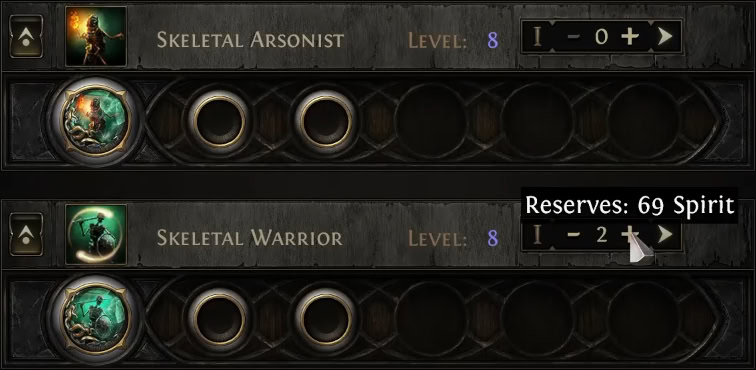
New Mechanic: Active Block
While the Block Mechanic itself is mostly unchanged, Shields will be able to use the Raise Shield Skill to initiate an Active Block. This will block hits from our current facing direction.
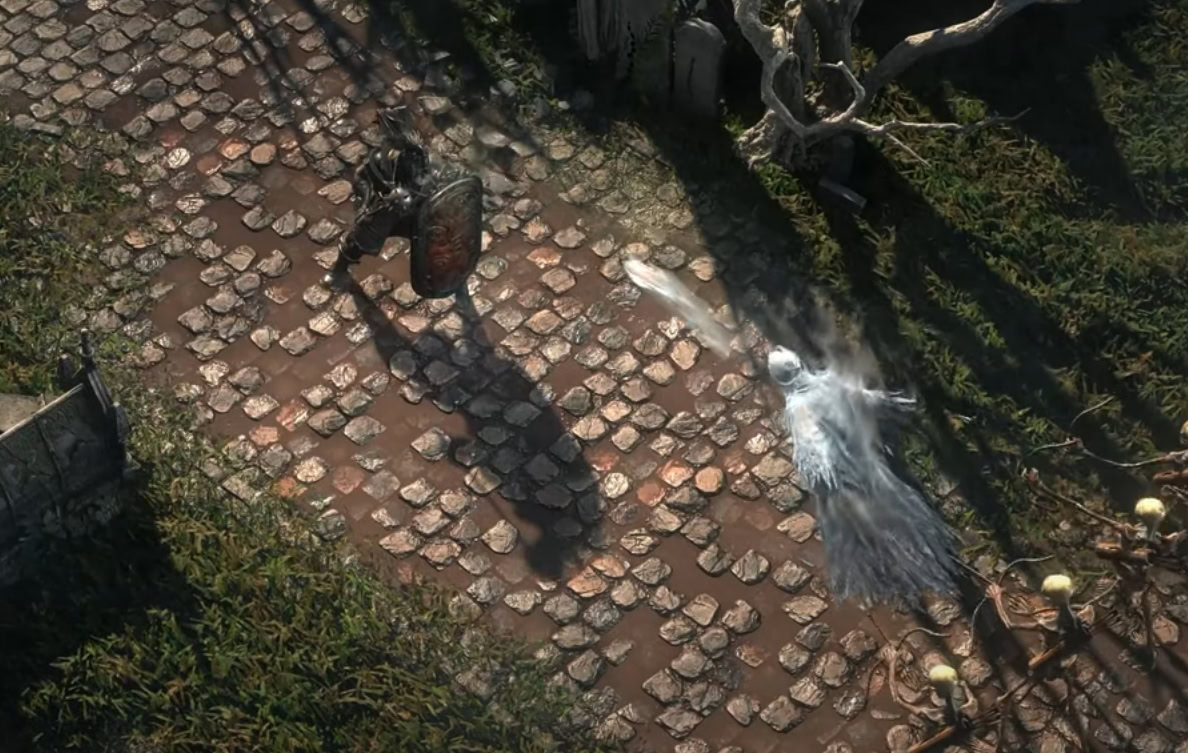
Unlike Path of Exile 1, there is no separation between Attack and Spell Hits in terms of Blocking, meaning both active and passive Blocking can Block any hit. We’ll go a bit deeper on this topic later when discussing the changed mechanics.
Active Block uses a Stance meter that will inflict a Stun if the Stance Meter for it is depleted.
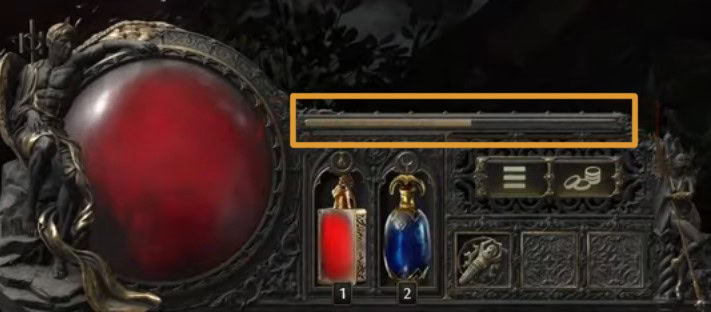
Some Attacks, particularly from Bosses, will be Unblockable even by this Active Block; indicated by a Red Glow as they wind up the Attack.
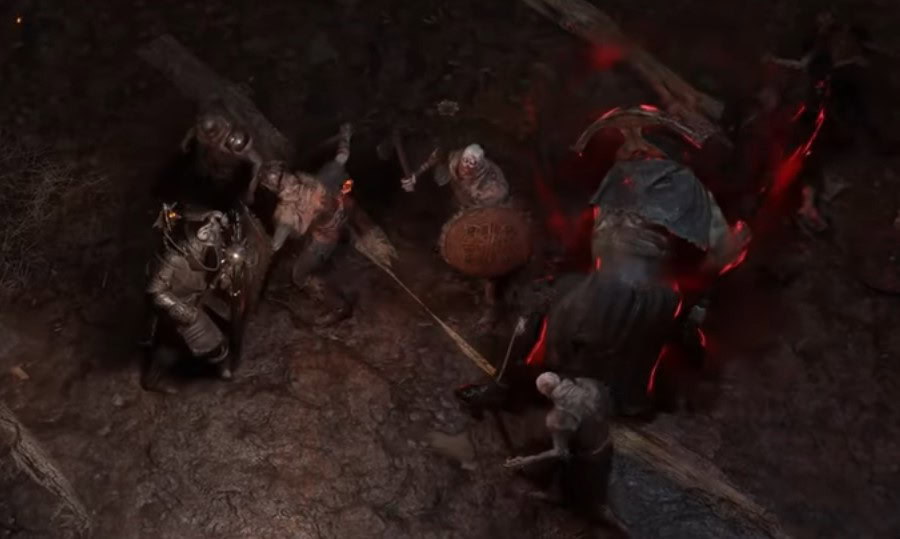
New Mechanic: Dodge Roll
Dodge Rolls are to Evasion what Active Block is to Blocking. Dodge Rolls makes our character perform an Evasive Movement which moves a set distance based on Movement Speed.
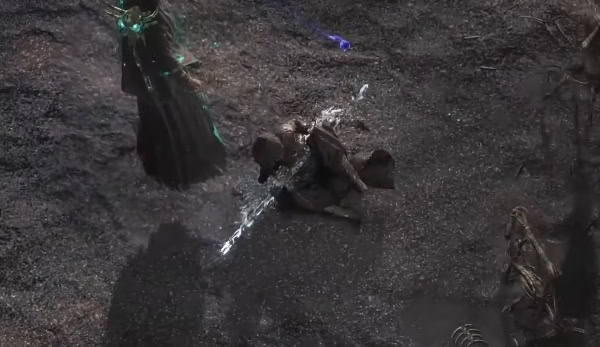
For a short period after starting a Dodge Roll, our character will be given Invincibility Frames or i-frames. This means any hits that would have occurred during this window are ignored entirely.
Dodge Rolling can also interrupt longer attacks and casts, allowing us to safely and easily avoid damage, even if we’d have been stuck in an animation lock normally. This is important when it comes to fighting bosses especially.
New Mechanic: Runes and Soul Cores
Runes and Soul Cores are new Socketable items, meaning we’ll be able to add them to the Sockets in our gear. However, the number of sockets on gear has been reduced, with Body Armor and 2H weapon being the only slots that can have two sockets.
Runes provide basic modifiers to our gear. Expect things like Resistance, Armor, and similar effects.

Soul Cores provide stronger effects and come exclusively from the Trial of Chaos. These range from effects like Increased Attack Speed for Martial Weapons to reduced Slowing Potency

With Sockets being exclusively for these Runes and Soul Cores, they also have a new currency, an Artificer’s Orb, to be able to apply sockets to existing items.
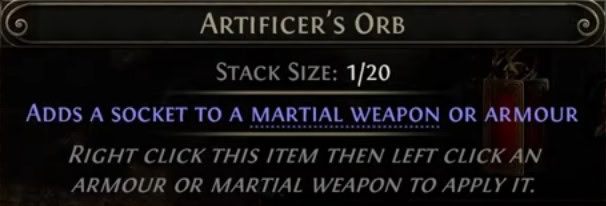
These can be obtained by Disenchanting items with Sockets, making them fairly accessible at all stage of the game.
New Gear Slot: Charms
Charms are Path of Exile 2’s equivalent of Utility Flasks from Path of Exile 1. These help cleanse and mitigate Ailments that may be inflicted on us by enemies. We’ll be able to have up to three of these equipped, depending on our Belt.
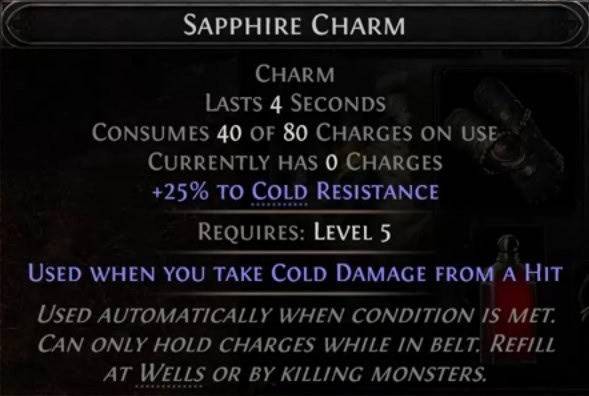
Unlike Utility Flask, these Charms will automatically trigger when the status that it deals with is inflicted. Much like the Utility Flasks they replace, they have charges that are replenished as we defeat enemies.
New Mechanic: Dual Specialization
Path of Exile is quite well known for its immense and deep Passive Tree. Dual Specialization is a new addition to it, allowing some of our Passive Points to be allocated per weapon slot.
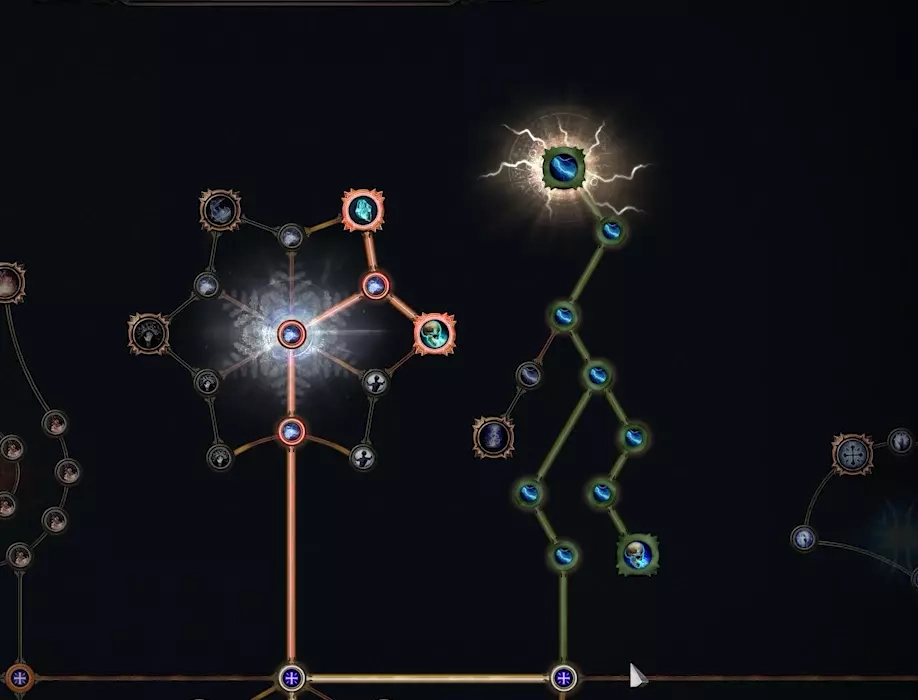
This system not only allows for more customization and stronger combos. This allows for each part of a combo to be stronger and can even be set to automatically swap weapons when a particular skill is used.
Changed Mechanics
With the new addition out of the way, let’s turn to quickly cover some things that have changed from Path of Exile 1. This is just rapid-fire information, as such the following sections are very brief.
Accuracy
Accuracy is mostly unchanged from Path of Exile 1, outside of one new mechanic. This Mechanic is a Ranged Accuracy Penalty, which applies to primarily projectiles. This penalty says that the further we are from our target, the harder it will be to land attacks on them.
Ailments
The biggest change for Ailments is that Damaging Ailments (Bleed, Ignite, Poison) will scale based on the damage of the hit. This means hit damage will be just as important for Ailment builds, compared to Path of Exile 1 where it’s not required to scale Damaging Ailments.
All Elemental Ailments (Chill, Freeze, Ignite, Electrocute, Shock) make use of an Ailement Threshold to determine when they are applied. This means dealing damage of their respective elements will cause Ailment Buildup, before applying the Ailment. Unlike Path of Exile 1, Critical Strikes will not guarantee an Ailment is applied.
Atlas Passive Tree
The massive and overly complicated Atlas Passive Tree is gone. It’s now been condensed to a medium-sized tree for general bonuses, as well as a sub-tree for each type of Endgame Atlas Mechanics.
Attribute Passives
While Attributes themselves are almost unchanged, outside of some number adjustments, getting them from the Passive Tree has. Now all of the small Attribute nodes grant a choice for which Attribute they grant, they can also be changed for half the normal respec cost.
Charges
Charges are returning from Path of Exile 1, however, they’re losing the inherent bonuses they once had. Instead, they’re now used exclusively to empower various skills. This doesn’t mean Charges are any less powerful, just that they’re only powerful alongside certain skills.
Critical Strikes
While not much has changed in regards to how Critical Strikes occur, the damage is instead calculated based on the Critical Strike Damage Bonus of our character. Critical Strike Damage Bonus is a simplified version of Critical Strike Multiplier from Path of Exile 1. This value will show the amount of the damage is being increased, rather than the full multiplier from base damage.
The only known changes in terms how this is calculated is that there are now rarer modifier that increase the base value before any Increased or More multipliers, often called a flat bonus.
Culling Strike
Culling Strike still functions similarly, though the threshold for Culling an enemy is now determined by their Rarity.
- Normal (white) Monster are culled at 30%.
- Magic (blue) Monsters are culled at 20%.
- Rare (Yellow) Monsters are culled at 10%.
- Unique (orange) Monsters are culled at 5%.
Curses
Curses are no longer applied immediately on the cast, instead having an activation delay when self-casted. This may make the use of curses more limited in combination with their previously existing restrictions, but that remains to be seen.
Enemy Hits
All enemy damage is now considered a hit, compared to being split between Attacks and Spells. Instead, Enemy Spells are treated the same as attacks, being affected by the same Block and Evasion chance.
Energy Shield
Energy Shield still functions almost identically to its Path of Exile 1 Counterpart, with one major change. Chaos Damage no longer bypasses Energy Shield, instead taking double damage from Chaos Hits. This makes Energy Shield slightly stronger on its own, but it also receives minor number changes to Recharge Rate.
Marks
Marks are no longer considered Curses. This means by default all character will be able to apply 1 Curse and 1 Mark without any passives or gear to change that.
Marks will also expire after a short duration instead of being permanently applied, similar to curses. Additionally, Marks have a secondary expiration mechanic which results in a buff, like Sniper’s Mark granting a Frenzy Charge on a successful Critical Strike.
And that’s all the confirmed information we know heading into the Early Access of Path of Exile 2. This guide will be updated should there be any changes to the information here, or is new information becomes available.



